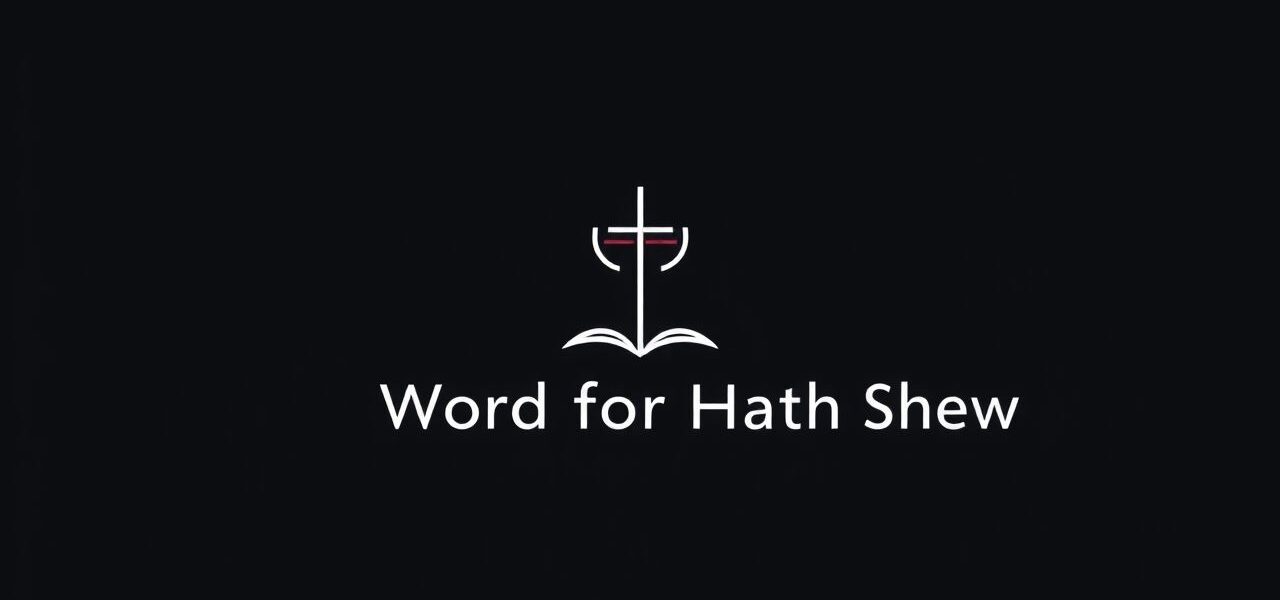Another Word for Hath Shewn
In the English language, expressions from earlier centuries still appear in literature, religious texts, and even formal speeches. One such example is the phrase hath shewn. While it may seem unfamiliar or even archaic to modern ears, understanding its meaning and exploring synonyms can greatly enhance one’s appreciation of classical English writing. This phrase is primarily found in biblical passages and older documents, and it reflects the way English was once spoken and written. Unpacking this phrase reveals not only a glimpse into historical linguistics but also the depth of vocabulary that English continues to offer.
Understanding the Phrase ‘Hath Shewn’
Breaking It Down
To understand what hath shewn means, we must examine its two parts:
- Hath: An old form of has, used with third-person singular subjects.
- Shewn: An archaic form of the past participle of show, commonly spelled shown in modern English.
Together, hath shewn simply translates to has shown in today’s English. For instance, a sentence like The Lord hath shewn mercy would now be written as The Lord has shown mercy.
Why It Still Matters
Despite being outdated, the phrase hath shewn still appears in literary, poetic, and religious contexts. It is especially common in older versions of the Bible such as the King James Version. Recognizing and understanding this phrase helps readers grasp the full meaning and tone of classic texts.
Another Word for Hath Shewn
Modern Synonyms
If you’re looking for another word or phrase to replace hath shewn, especially in modern writing, here are several suitable alternatives:
- Has shown The direct modern equivalent.
- Has revealed Suitable when referring to something that was made known or uncovered.
- Has demonstrated Appropriate when referring to proving or displaying a fact or skill.
- Has expressed Often used when dealing with feelings or thoughts.
- Has indicated Useful for signaling or pointing toward something.
- Has presented Applicable when something is introduced or brought forward.
Choosing the Right Alternative
The best synonym for hath shewn depends on the context in which it is used. In spiritual or religious language, has revealed or has shown may preserve the tone of reverence. In more scientific or academic texts, has demonstrated or has indicated might be more fitting. Language is dynamic, and using the right word strengthens clarity and intent.
Historical Use and Evolution
The Role of Archaic English
Words like hath and shewn were once a part of everyday speech in England. Over time, English simplified. Hath gave way to has, and shewn evolved into shown. Yet, the legacy of these words remains in sacred texts, legal writings, and Shakespearean drama. Their presence can give a sentence weight, drama, and dignity.
Examples in Literature and Scripture
Understanding hath shewn becomes easier with examples from classical works:
- The Lord hath shewn thee what is good. This mirrors the meaning The Lord has shown you what is good.
- She hath shewn herself faithful. Today, we would say, She has shown herself to be faithful.
These expressions evoke a sense of grandeur, formality, or solemnity, which is often lost in simplified forms.
Common Situations to Use Alternatives
Formal Writing
In academic essays or professional communication, has demonstrated or has indicated are preferred. For example:
- The data has demonstrated a clear trend.
- The results have indicated a need for further research.
Creative and Literary Writing
When writing fiction, poetry, or drama, alternatives like has revealed or even the original hath shewn can be used for stylistic effect. For instance:
- Through her tears, life had revealed its fragile beauty.
- He hath shewn courage beyond measure. (For historical or poetic tone)
Casual or Conversational English
In daily conversation, has shown is most appropriate. It is simple, direct, and universally understood:
- He has shown great progress in his studies.
- This movie has shown me a new perspective.
How to Recognize Archaic Forms in English
Patterns and Clues
Archaic English often follows patterns that help in identifying and translating them into modern forms. Some clues include:
- Use of hath instead of has.
- Use of unusual verb endings like -eth or -est.
- Spelling variations such as shewn for shown.
When you encounter such forms, try substituting them with the modern equivalent to understand the sentence’s meaning better.
Why Learn Archaic Terms Like Hath Shewn
Cultural and Literary Appreciation
Being familiar with expressions like hath shewn enables deeper understanding of classical literature, religious texts, and historic speeches. These terms carry with them centuries of linguistic and cultural history.
Improving Vocabulary
Studying archaic language introduces a variety of synonyms and enriches one’s command over English. Knowing when and how to use alternatives like has revealed or has presented improves both writing and speaking skills.
Enhancing Translation Skills
For those translating ancient texts or engaging in literary analysis, understanding phrases like hath shewn is critical. Translating such language into modern, readable English helps bring older texts to new audiences.
The phrase hath shewn may be archaic, but it continues to have relevance in understanding the roots of the English language. While has shown is the most straightforward modern alternative, many other words such as has revealed, has demonstrated, or has presented can serve similar roles depending on context. Recognizing and using these alternatives not only simplifies communication but also bridges the gap between the English of the past and the present. Embracing these expressions enriches one’s grasp of language, making reading and writing both clearer and more nuanced.
